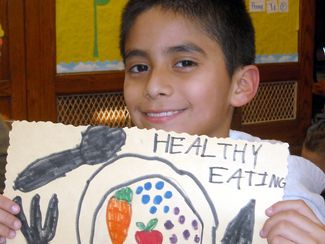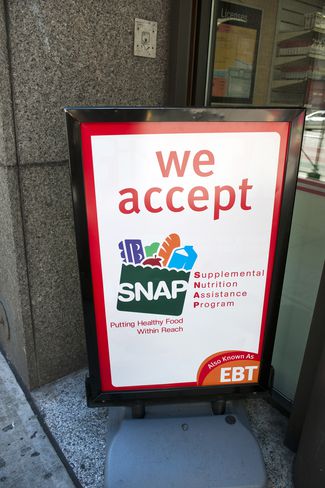
How much does it matter to us whether all children in Pennsylvania get to eat healthy foods? The national report on childhood obesity released this month by the Robert Wood Johnson Foundation suggests the answer is: It matters some, but not enough.
Although we’re holding the line, Pennsylvania still has the ninth-highest child obesity rate in the nation. About 185,000 or 17.4 percent of children ages 10-17 are obese. The national obesity rate for children is 15.3 percent
Children of color are faring worse — the obesity rate is 22.2 percent for black children and 19 percent for Hispanic children (compared to 11.8 percent for white children and 7.3 percent for Asian children).
And lower-income children are faring worse — the obesity rate was about 22 percent for children in families with incomes below the poverty level (compared to 9.4 percent in families with incomes at least 400 percent above the poverty level).
But this is a problem we can alleviate with greater focus. Child obesity is an area where government programs and policies make a huge difference. Alarmingly, after a half-dozen or so years of progress in improving children’s access to healthy foods, we’re in the process of making a U-turn.
Unless we course-correct, our child obesity rates are going to start climbing again. With a fast-food president in the driver’s seat, here’s where we’re going off track:
School lunch nutrition standards: Earlier this year, the USDA rolled back nutrition standards implemented in 2012 under the bipartisan Healthy, Hunger-Free Kids Act, which required more whole grains, lower sodium and more fruits and vegetables in school lunches. This, after a USDA study showed that, thanks to the legislation, a majority of schools were serving healthier meals.
School lunches are critical to the fight against child obesity because many children get as much as half their calories that way, according to the nonprofit group FoodCorps (https://foodcorps.org/). The biggest obstacle to nutritious school lunches has long been big agriculture, which pushes high-fructose corn syrup (a key driver of obesity) and other unhealthy food products.
Of course, school lunches (and breakfasts) are most important for low-income children, who are the target of another rollback effort.
Supplemental Nutritional Assistance Program (SNAP): The USDA has proposed to scale back access to this program, which provides food stamps and free school meals (children eligible for food stamps have automatically been eligible for free or reduced-cost school lunches, but that would change under the proposal). By the government’s analysis, nearly 1 million would lose automatic eligibility for school lunch programs. SNAP helps about 36 million people a month, about half of them children. The Trump administration this week reopened the public comment period on this proposal for 14 days, so now is the time to contact your representatives and voice your support for child nutrition.
Women, Infants, and Children nutrition program: This is another administration target. Its budget proposal this year called for a $5 billion cut over a decade in the WIC program, which serves over 8 million low-income children and pregnant women. Yet, data cited by the American Academy of Pediatrics show that changes in the program in 2009 to increase purchases of fruit and vegetables, whole grains and low-fat milk, have reduced obesity among low-income toddlers.
In its report on child obesity, the Robert Wood Johnson Foundation recommends, among other things, that any changes in the WIC program be science-based. The foundation also recommends providing more federal grant money to states for anti-obesity programs, and calls for states to allow cities and counties to pass laws that would improve children’s health.
So, the keys to stemming child obesity — and a lifetime of health problems — are in our hands. We can fix this problem, if we really want to.
Thanks for visiting PennLive. Quality local journalism has never been more important. You deserve the best. Not a subscriber yet? Please consider supporting our work.

